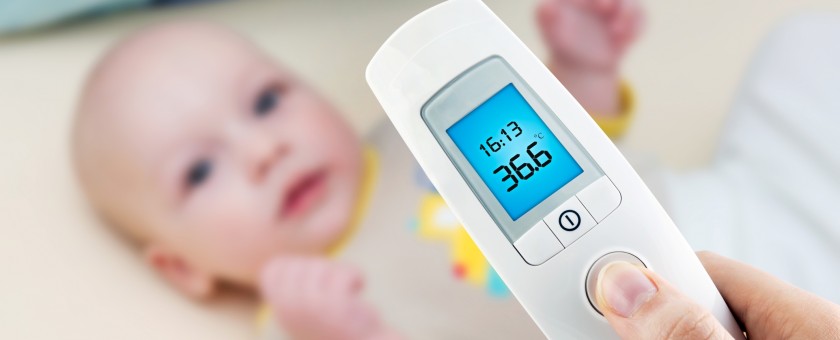“Quantify Agreement Between Non-Invasive Temperature Devices”
Primary Investigator: Barbara U. Ochampaugh, RN, BSN, CPAN St. Peter’s Hospital, Albany, New York Co-Investigators: Deborah Marra, RN, BSN, CPAN & Jeff Stone, RNC
Accurate postoperative temperature monitoring is imperative for post-surgical treatment decisions. Many types of thermometers are available to measure core temperature.
The purpose of this study was to compare the equivalency of different non-invasive thermometers including oral, tympanic and temporal artery.
A descriptive comparative study was conducted after receiving exempt approval from the Institutional Review Board (IRB). Participant permission was not required per IRB. Two experienced PACU nurses were trained on all devices. The following thermometers were calibrated and designated for the study: AccuSystem Tympanic Membrane, Welch Allyn Sure Temp Plus (oral), and Exergen Temporal Scanner thermometers.
Convenience samples of250 post-operative patients, undergoing elective surgery in a community hospital, were used for the study. Patients were chosen based on random assignments to the primary and co-investigator. Children, pregnant women, critical, special needs and prisoners were eliminated per criteria. Temperature measurements were assessed after 15 minutes of arrival to PACU. Additional data collected included age, gender, type and length of surgery, and use of intra-operative warming devices and vasoactive drugs.
Temperature measurements were collected on105 males [41%] and147 females [59%]). The mean age was 58.25 years. The overall mean temperatures per device were: TM temp 36.1 C (SD=.65 range from 34.3-38.1), Oral Mean temp 36.4 (SD=.28 range from 34.4-38.2), and TA mean temp 36.6 ( SD=.51 range from 35.8 to 39.2). The mean sample variance was 0.046 (SD=0.21); this was not statistically significant (p<.05). In addition, oral temperatures on22%of the subjects were unobtainable. A Bland Altman plot was done using the TM and TA data. Statistics cannot definitively answer the question of correlation between devices within a clinical situation. The study found that each of the instruments used provided a similar standard error (oral 0.020, TM 0.041, TA 0.032). This study was designed to look at agreement not preference or quality for one specific method over another. However, all thermometers rely on user expertise for accuracy.
The one conclusion that can be drawn is further research (looking at core body temp and accuracy of devices) is indicated as technology changes.

